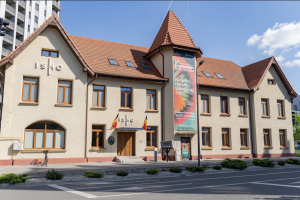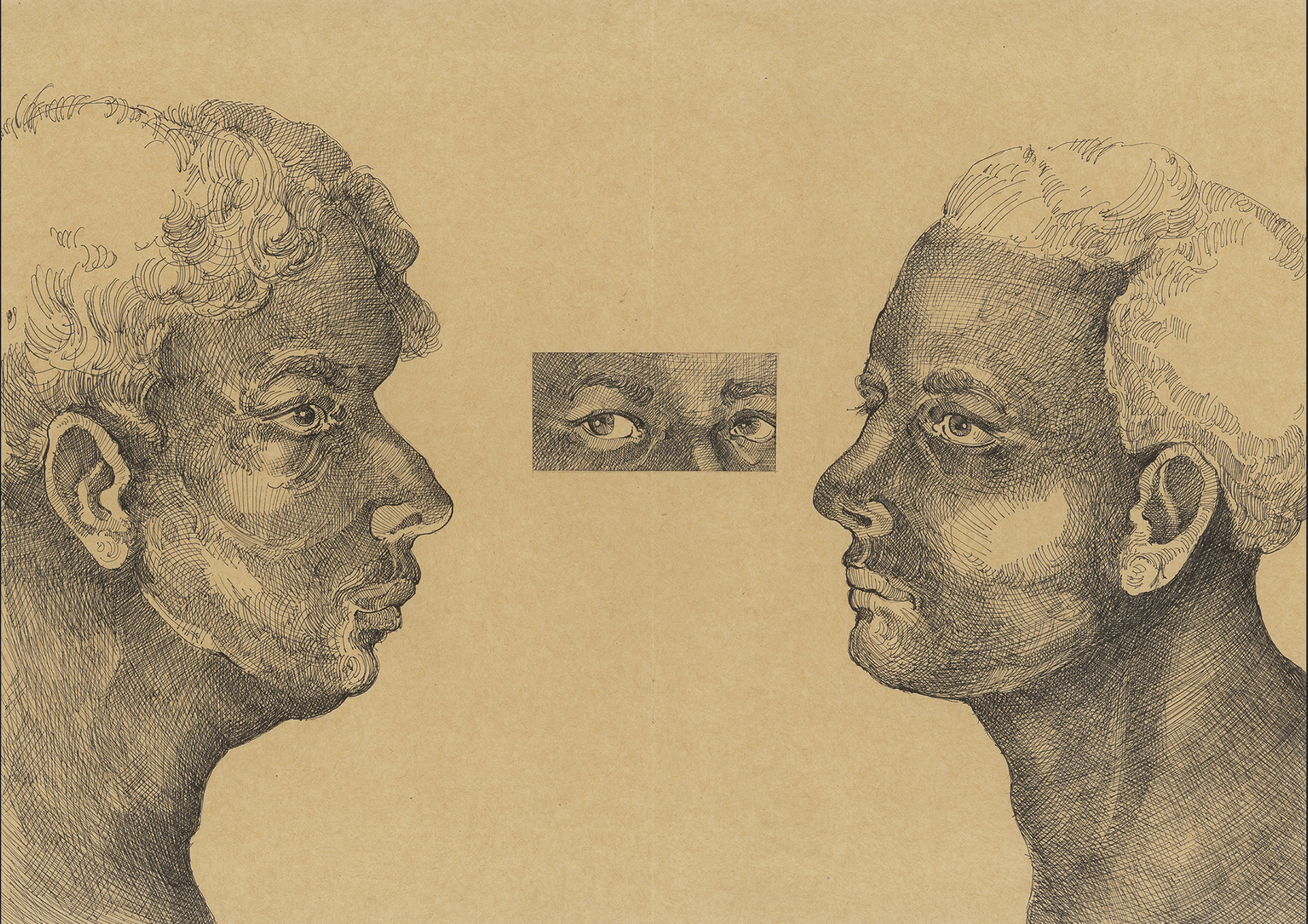(n. 1986)
Robert Gabris (n. 1986, Hnusta Likier, Slovacia) este un artist stabilit în Viena, a cărui artă examinează critic identitățile fluide, aflate în continuă transformare, prin desen și performance experimental. A obținut diploma de licență la Academia de Arte Aplicate din Bratislava (2010) și diploma de master (Mag.art.) la Academia de Arte Frumoase din Viena (2014). Practica sa are la bază narațiuni autobiografice și un angajament profund față de proporție și simetrie, reflectând tensiunea dintre identitate și proiecțiile sociale. Lucrările lui Gabris se opun excluderii de orice fel și confruntă rasismul sistemic, utilizând neliniștea artistică drept formă de rezistență. El chestionează statutul corpului queer în cadrul structurilor patriarhale, explorând prezența acestuia în plan fizic, emoțional și psihologic. Desenele sale funcționează ca acte de deconstrucție, contestând clasificările rigide și invitând privitorii să regândească normele împământenite în societate. Pentru Gabris, hârtia devine o extensie a propriului corp, conținând mușchi, oase și organe, aranjate într-o ordine aparent logică, dictată însă de forțe externe. Lucrările sale redefinesc dizolvarea granițelor, respingând definițiile rigide ale identității. Printr-un proces meticulos de disecție și reconstrucție, artistul creează un spațiu metamorfic, în care corpul este liber să se reinventeze, sfidând binaritatea impusă și revendicând autonomia.


